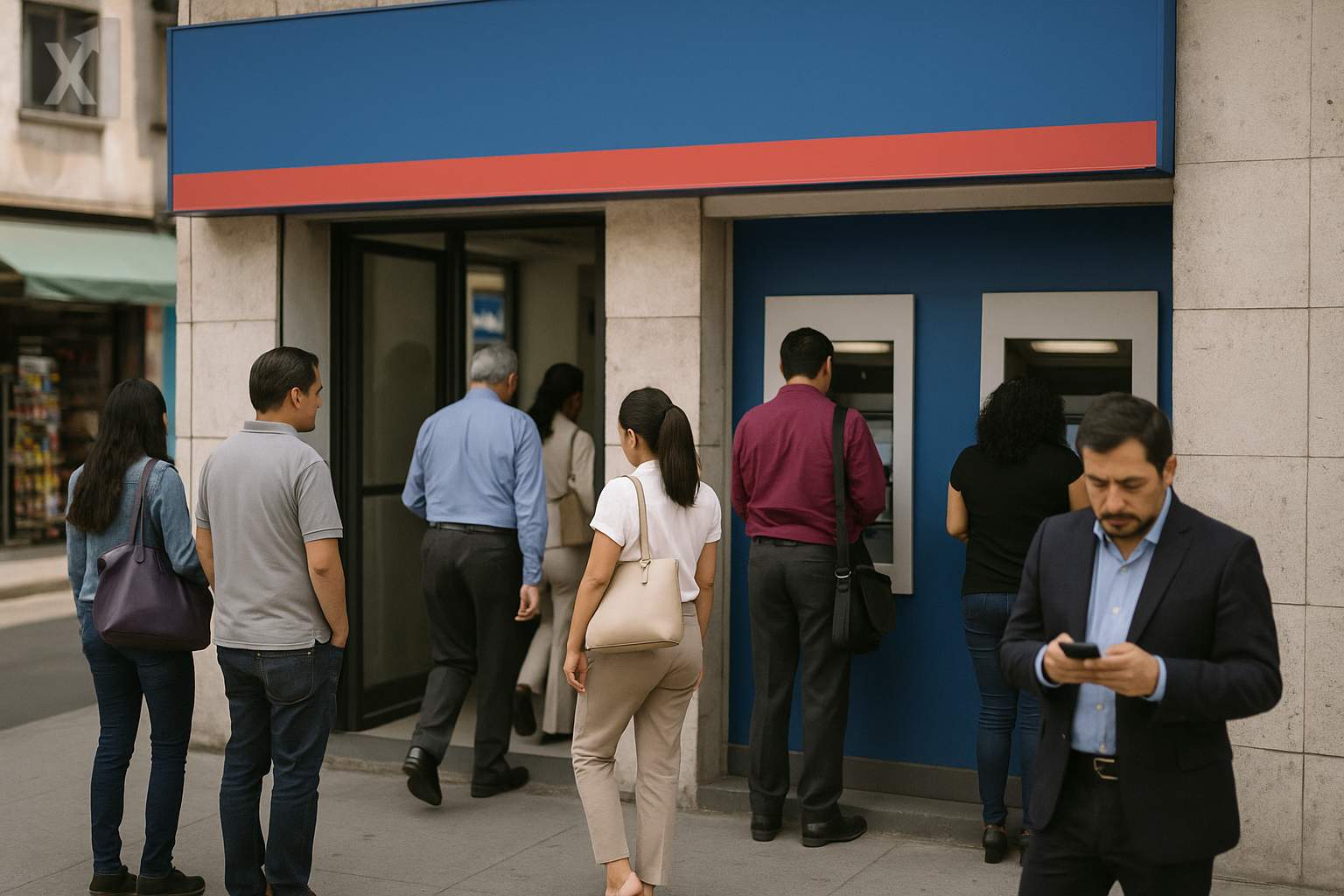Slowdown in the U.S. Economy Could Impact Mexico’s Financial Outlook

The U.S. economy registered a larger-than-expected contraction during the first quarter of the year, which has raised uncertainty regarding its potential impact on the Mexican economy. According to the third estimate from the U.S. Department of Commerce, the country's Gross Domestic Product (GDP) shrank at an annualized rate of 0.5%, compared to the previously reported decline of 0.2%. This downward revision is mainly due to weaker consumer spending, which grew by only 0.5%, well below the previously estimated 1.2%.
This economic performance in the United States is largely attributed to trade instability caused by the imposition of additional tariffs on imported goods. In previous months, U.S. companies anticipated these changes by bringing in large volumes of goods before the tariffs took effect, temporarily increasing imports and spending on certain durable goods, such as automobiles. However, demand dropped in subsequent months, causing distortions in economic indicators.
The situation in the United States has direct repercussions for Mexico, given the strong trade interdependence between the two countries. The U.S. is Mexico’s main export partner, and fluctuations in U.S. economic activity are often quickly reflected in key sectors of the Mexican economy, especially in manufacturing, auto parts, and consumer goods. On the other hand, a recovery in the U.S. during the second quarter, as forecast by the Federal Reserve Bank of Atlanta with an estimated 3.4% growth rate, could offer some temporary relief, although some experts urge caution amid the recent volatility in trade data.
Mexican analysts warn that, due to the complex dynamics of inventory and trade between the two nations, it is premature to interpret an immediate recovery as a clear sign of economic strength. Recent U.S. retail sales figures, along with indicators from the housing and labor markets, point to a slowdown that could persist in the coming months. In Mexico, this environment calls for a prudent approach to fiscal and monetary policy, as well as strengthening domestic sectors to cushion potential external shocks.
In this context, the aftereffects of trade volatility resulting from tariffs will continue to pose challenges for economic measurements in both the United States and Mexico. Meanwhile, Mexican exporting companies should keep a close eye on the evolution of U.S. demand in order to adjust their strategies and minimize risk. The global environment—marked by trade tensions and the normalization of U.S. monetary policy—suggests that Mexico’s economy needs to move forward with a resilient stance and continue diversifying its export markets.
In summary, the recent contraction of the U.S. economy highlights the need to closely monitor external indicators that influence national economic performance. While the figures may show temporary improvement, the volatility and lingering effects of U.S. trade policy call for caution and adaptability in Mexico’s economic decision-making.






